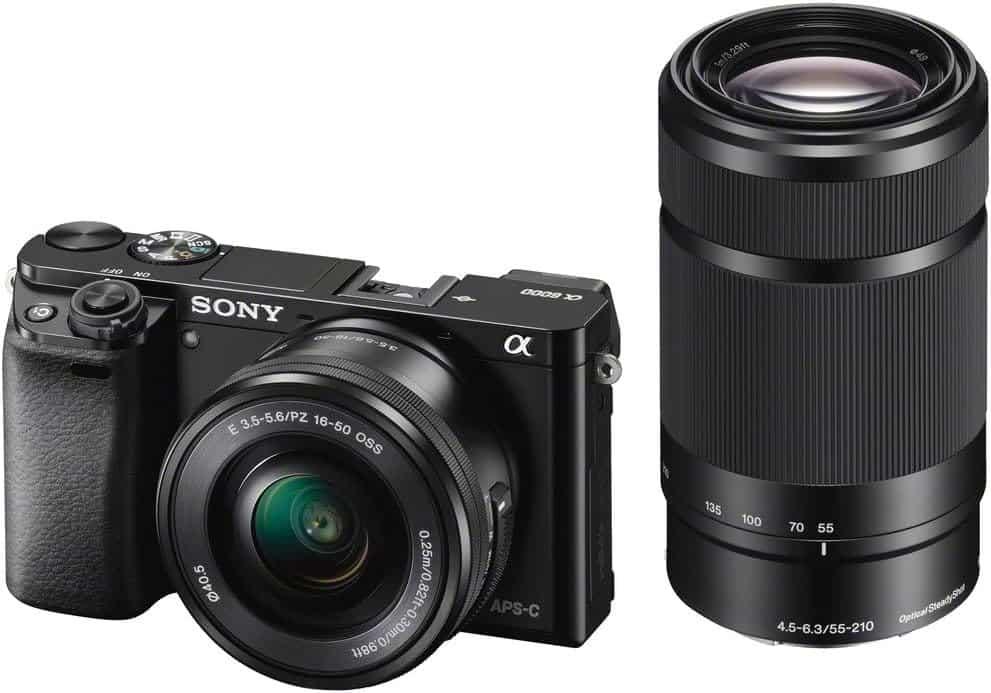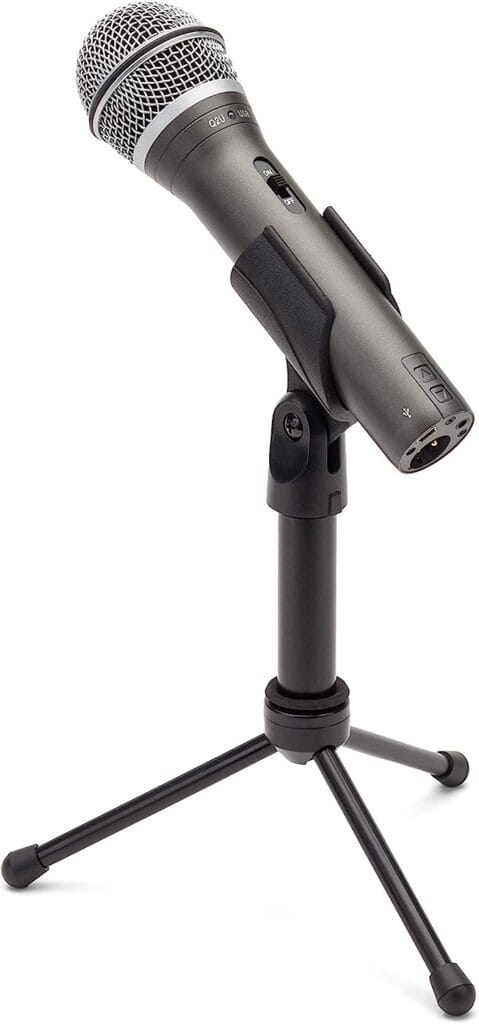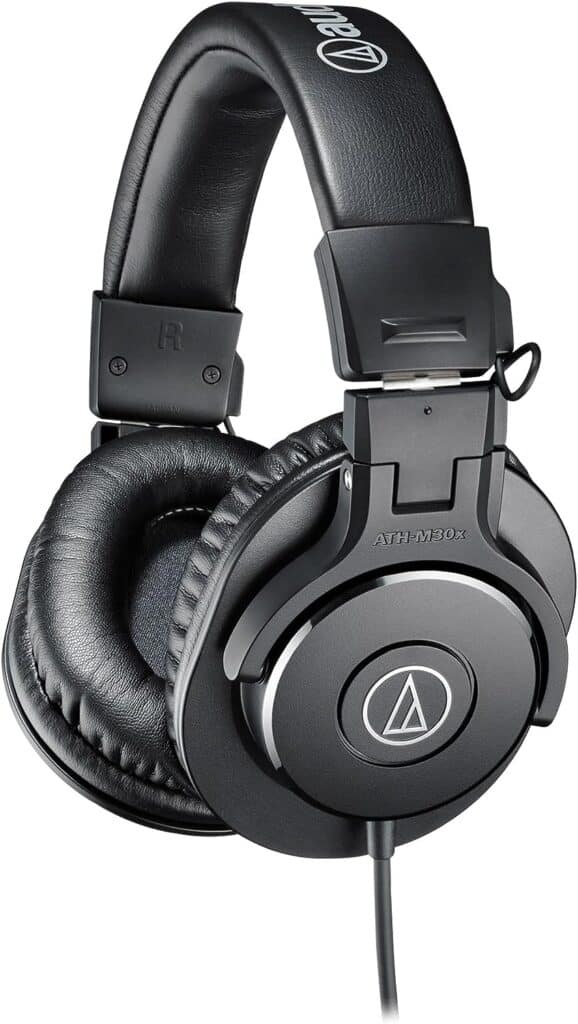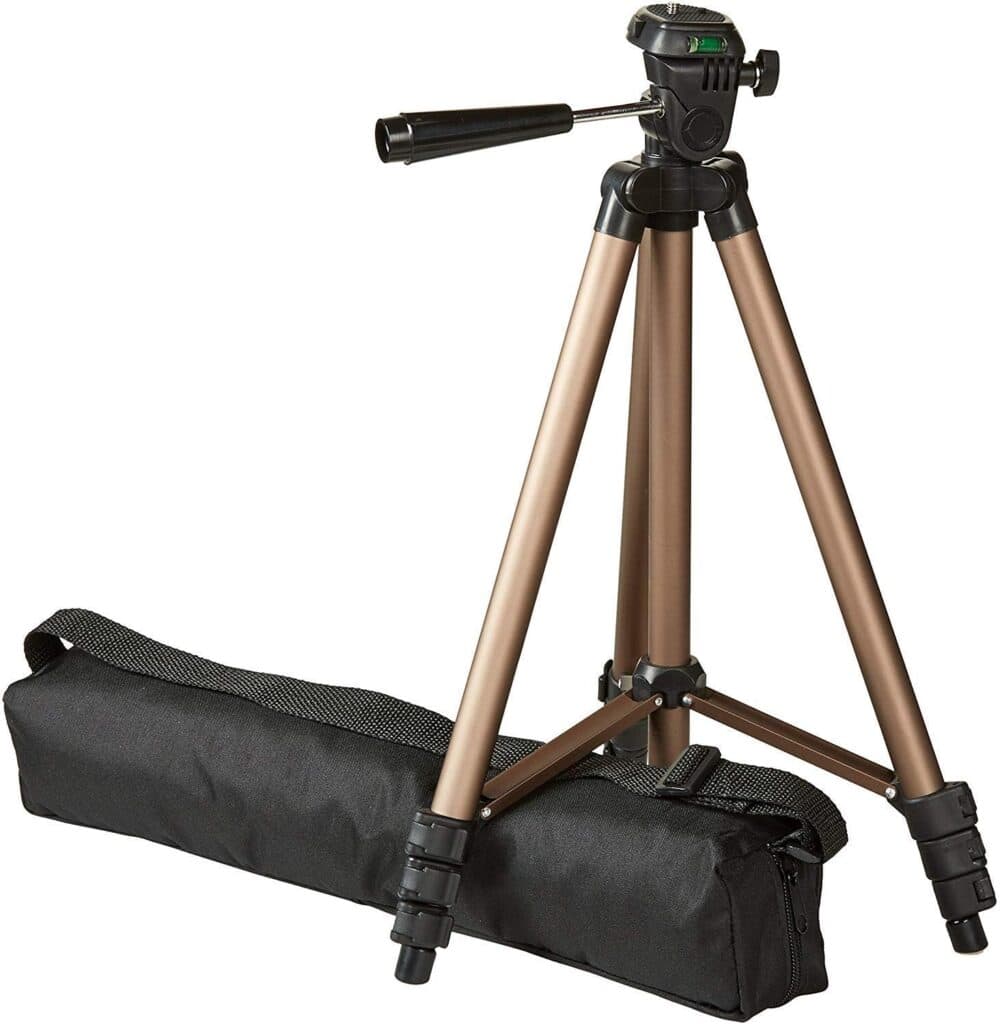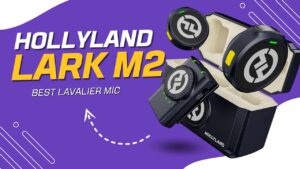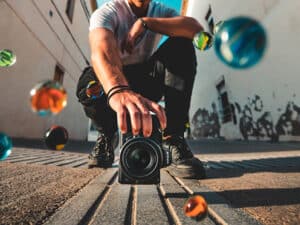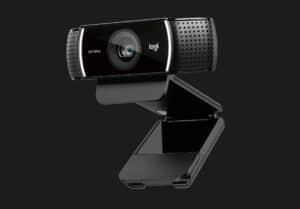Looking to start a video podcast or add a visual element to your existing podcast? That’s a great idea. Video podcasts are powerful ways to engage with your audience and expose yourself to new people who prefer to watch video content.
Before you start recording, however, you’ll need some video podcast equipment. In this article, we’ll explain everything you need for your video podcast setup and recording space.
Action
Investing in video podcast equipment? Castos provides professional hosting for video podcasts, automatic distribution to all platforms, and detailed analytics to maximize your equipment investment. Start your 14-day free trial
Castos is a participant in the Amazon Services LLC Associates Program. We may earn commissions from your purchases on Amazon.com, though at no cost to you.
Must-Have Video Podcast Equipment
Your video podcast equipment setup is pretty similar to a traditional, audio-only podcast, but with a few additions. You need the following pieces of equipment.
1. Camera
This is the most fundamental tool for a video podcast. A quality camera ensures your video looks crisp and professional. While smartphones nowadays have good cameras, a dedicated DSLR or mirrorless camera gives you more flexibility with settings, lens choices, and overall video quality.
Our top pick is the Sony Alpha a6000 Mirrorless Digital Camera. It’s high quality and affordable.
Check out our recommendations: The Best Cameras for Podcasting and How to Choose the Right One for Your Needs
2. Microphone
Good audio is crucial. Viewers might tolerate lesser video quality, but bad audio will turn them off quickly. Invest in a quality microphone that captures clear, crisp sound. Lavalier mics, shotgun mics, or condenser mics are popular choices for podcasters. Our favorite mics are the Audio-Technica ATR2100 and Samson Q2.
You’ll need to consider whether to buy a dynamic or condenser microphone. Dynamic microphones reject background noise and plug into your computer via USB. Condenser microphones are more sensitive, so the sound quality is better, but you need a controlled recording space.
Check out more recommendations: The Best Podcast Microphones for All Budgets
3. Headphones
A reliable pair of headphones allows you to monitor your audio in real-time. This ensures there are no unexpected noises or interruptions, and that your voice levels are consistent throughout your recording. Our favorite pair is the Audio Technica ATH-M30x.
Check out our recommendations: The 10 Best Podcast Headphones
4. Lighting
Proper lighting makes a huge difference in video quality. A well-lit subject appears clearer and more professional. Softboxes or LED panels provide even, diffused lighting which is flattering for most subjects.
Lighting can be expensive, but it doesn’t have to be. Learn how to light your room without spending a lot of cash in our DIY lighting guide.
5. Backdrop or Green Screen
A backdrop gives a clean, consistent background, eliminating distractions for your viewers. A green screen, on the other hand, offers flexibility, allowing you to superimpose any desired background during post-production.
6. Tripod
Stability is key when recording. A tripod ensures your camera remains steady, eliminating shaky footage which can be distracting or unprofessional. Depending on your setup, you might also consider tripods or stands for your lighting and microphone.
Since you won’t be moving the camera around much, you don’t need anything fancy. We recommend something simple like the Amazon Basics 50-inch Lightweight Camera Mount.
7. Pop Filter
This is a screen placed in front of a microphone to eliminate “popping” sounds caused by fast-moving air from speech, like ‘p’s and ‘b’s. It ensures your audio remains clear and professional-sounding.
Check out our recommendations: The Best Pop Filters for Any Budget
8. Acoustic Treatment
Good room acoustics can significantly improve sound quality. Panels, diffusers, or bass traps can help reduce echoes and background noise, ensuring your voice sounds clear and pure.
If you don’t want to buy special treatments, you can simply place towels, blankets, and pillows onto your hard surfaces to reduce echoes.
9. Memory Card
You can record directly onto your computer, but if you prefer to use memory cards, you’ll need several. Each card only lasts about an hour, so pick up as many as you need for the duration of your show. If you record to a device, you can skip this step.
10. Recording Software
This is where your audio and video gets captured. Software like Audacity, Adobe Audition, QuickTime, or Riverside can be crucial in recording and editing your podcast to achieve a polished finish.
11. Editing Software
Post-production is where the magic happens. Software like Hindenburg, Audacity, Descript, or Pro Tools allows you to cut, trim, add effects, and generally enhance your video and audio to be the best it can be.
Tip
Pro tip: Audacity is our favorite recording and editing tool because it’s full of great features and it’s easy to use for beginners. It also has a generous free tier.
Video Podcast Recording Space
For a video podcast, the recording space you choose can make a significant difference in the final product. Here’s what you need to consider to ensure you get the best possible results:
Quietness
First and foremost, you need a quiet space. Any background noises—be it from traffic, air conditioning, or people talking—can distract from your content. Choose a location where you can control these noises or soundproof your space.
Size of the Room
A room that’s too big can echo, while a tiny space can feel cramped on camera. Pick a room where you can comfortably set up your equipment and move around. It doesn’t have to be massive, but it should allow for a table or chairs, lighting, and camera setup without feeling too tight.
Lighting
Natural light is great, but you can’t always rely on it due to weather changes and the time of day. Invest in some good quality lighting equipment. Softboxes or LED panels can help provide even lighting, making you look more professional.
Backdrops
Consider what’s behind you. A messy or busy background can distract viewers. Some people opt for a plain colored backdrop or a green screen, while others curate a space with props or bookshelves. The key is ensuring it looks intentional and adds to your brand or podcast theme.
Acoustics
Soft materials absorb sound, reducing echoes. If your recording space has a lot of hard surfaces, consider adding rugs, wall hangings, or even specialized acoustic panels to improve sound quality.
Camera Placement
Think about where your camera will be. It should be at eye level and capture a flattering angle. Remember, the viewer’s perspective will be shaped by this angle, so experiment to find what looks best for you.
Table & Seating
If you’re going to be sitting, ensure your chair doesn’t squeak or wobble. A podcast table might be useful for placing notes, laptops, or props. Just ensure it doesn’t reflect light or make noises.
Ventilation
Being under lights for a long time can get warm. Ensure your space is well-ventilated, but watch out for noises from fans or open windows. Air conditioning helps a lot here, especially if you’re surrounded by a lot of podcast equipment.
Equipment Storage
Have a dedicated space or storage solution for your mics, headphones, and other gear. This helps in keeping the space tidy and ensuring you have everything at arm’s reach.
Personal Comfort
This space should be somewhere you feel comfortable and confident. If you’re uneasy, it will show on camera. Personalize it with items that inspire and motivate you.
Remember, while having the perfect space is ideal, it’s your content that truly matters. Even if you can’t achieve the “perfect” setup right away, don’t let it hold you back. Start with what you have, improve as you go, and always prioritize the value you’re providing to your viewers.
FAQs on Video Podcasting Equipment
Here are some common questions people ask about video podcast equipment. These will help you find the right gear for your video podcast.
What video podcast equipment do I need for a video show?
A video podcast setup needs at least these items:
- Camera
- Microphone
- Headphones
- Lighting equipment
- Recording space
- Tripod/camera stand
- Pop filter
- Recording/editing software
Do I need an expensive camera for video podcasting?
No, you don’t. While higher-end cameras offer better quality, many podcasters start with smartphones or budget-friendly cameras. It’s more about content than ultra-HD visuals.
Can I use my phone’s microphone for audio recording?
While possible, it’s not recommended. External microphones offer superior audio quality, which is essential for podcasts. We don’t recommend using your laptop’s built-in microphone.
Are ring lights good for video podcasting?
Yes, ring lights provide even lighting, especially for close-ups. They’re especially popular for solo podcasters or vlog-style content.
Do I need a mixer for my podcast?
If you have multiple audio sources or microphones, a mixer can help balance and adjust sound levels. For simple setups, it might not be necessary.
Is acoustic treatment essential for every room?
Not every room, but it’s beneficial for spaces with echo or ambient noise. Even simple treatments, like rugs or curtains, can make a difference.
USB mic or XLR mic: Which is better?
USB mics are convenient and great for beginners. XLR mics offer better sound quality and flexibility but require additional equipment like an audio interface.
How important is post-production software?
Very important. Editing allows you to refine content, fix errors, and enhance video and audio quality.
Should I record audio and video separately?
Many podcasters do, especially if using high-quality microphones. Syncing in post-production isn’t too complicated with editing software.
Your Personal Video Podcast Equipment
Now that you’ve seen our list of necessary video podcast equipment, what items do you use for your video podcast setup? Any special gear, items, or décor? Let us know in the comments.
